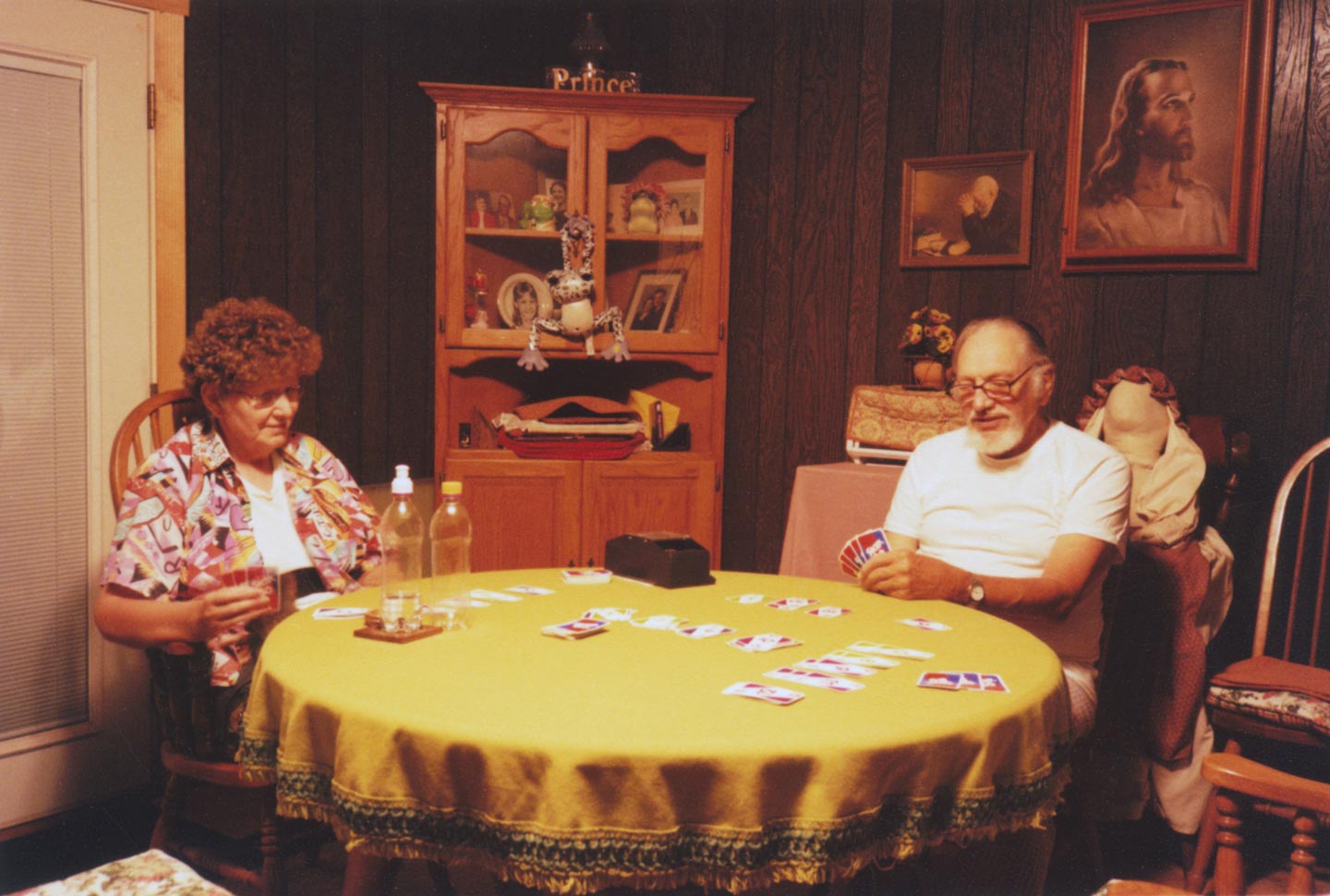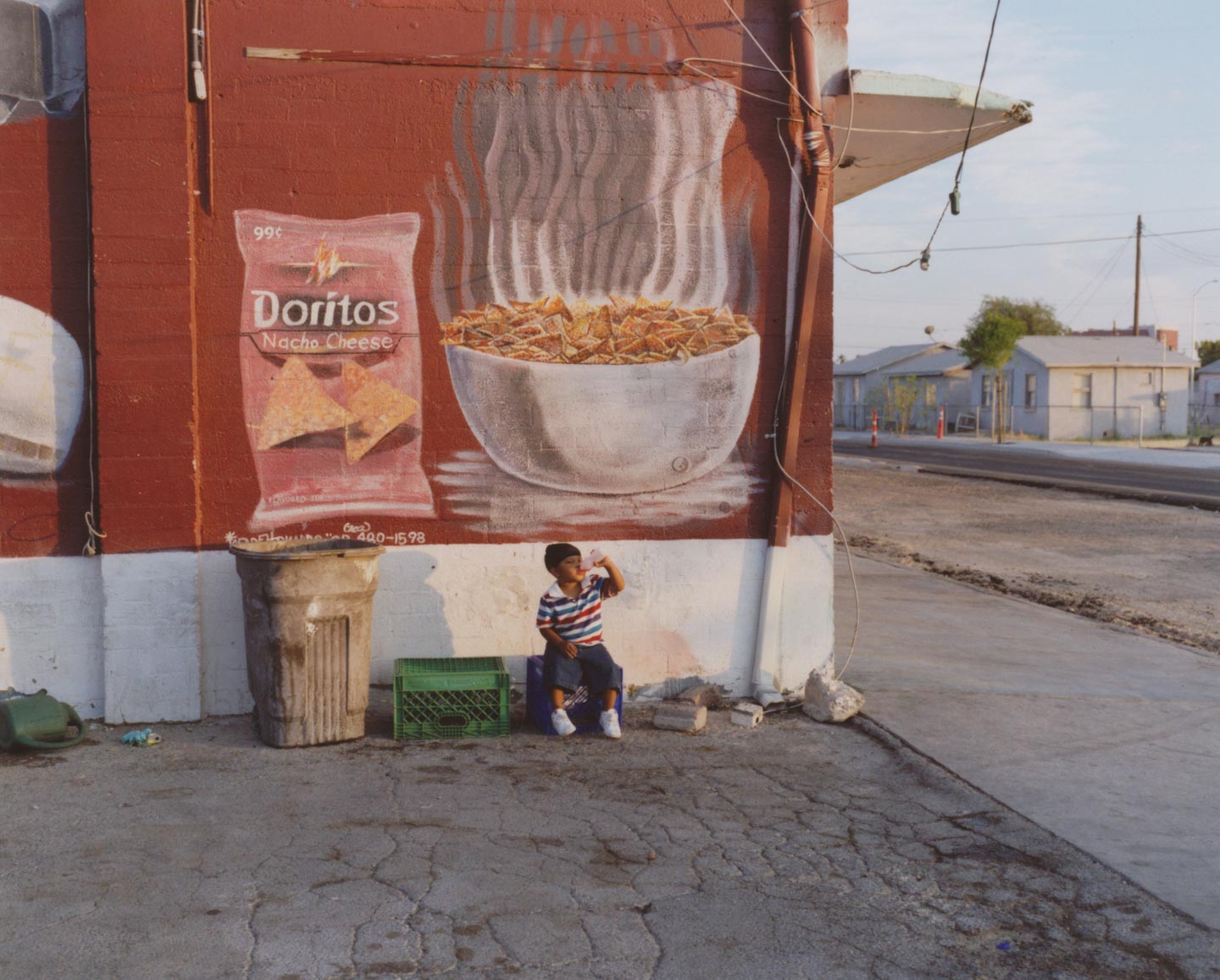Selected Works: Missy Prince


















45 year-old American photographer Missy Prince gives an overview of her captivating work—a mix of landscape photographs and pictures of small, suburban, poor American communities.
Hello Missy, thank you for this interview. What are your main interests as a photographer?
Being in the world and looking.
When and how did you start photographing?
I started photographing in earnest around 2004. I took photos off and on before that, but my interest gained significant traction when, inspired by a friend, I got an Olympus XA and started carrying it everywhere.
Can you describe your approach to photography? It looks like it has a lot to do with just going out and exploring…
You’re right. Exploring is at the heart of it. Photography is largely an excuse to wander. The potential of making a good photo gives momentum and purpose to the wandering, but I think the primary pleasure is in looking. I’m not very project oriented. I have certain themes I riff on but my approach is pretty free form. Any sort of narrative glue comes after the fact.
In what part of America do you usually shoot, and how would you describe it?
There are three main areas: the Northwest because I live there; the Deep South because I am from there; and the Southwest because I love the desert. Most of the places I photograph have strong geographic identities. Sense of place is important to me, so distinct landscapes are useful. The places I choose are often somewhat isolated with an air of mystery surrounding the way people live there. The above three places are very different from each other but I think they all share a kind of isolated or still quality. Lately I’ve been shooting in LA which is different for me because it is so dense, yet I’ve somehow managed to zero in on things that exude a kind of stillness.
What qualities should a photograph you took have for you to be happy with it?
I should want to get lost in it. It should be a portal to something like a brief waking dream. Not in any kind of grandiose way, but in a brief, simple, and quiet manner. Like the first line of a story that stirs your imagination to fill in details before you even know where the story is going. I would say interesting light is possibly most important because light seems to suggest so much, but some kind of detail that makes a photo live has to be there. Nothing fancy, it could be any detail, as long as it carries a charge.
You work in series, but there’s definitely a common ground to all of your projects. What marks the difference between one series and another for you?
For me the biggest differentiation between one series and another is my feeling for the places in them. I struggle with my inability to group photos in any other way. It sometimes seems like a weakness, but I can’t shake the tendency. I feel there are specific tonal qualities to photos from one place that keep them from mixing with photos from another. I don’t necessarily believe it. I know it’s mostly in my mind. Others have made edits that mix them successfully. But place dictates so much to me.
There’s a vein of melancholy running across your work — where does it come from?
I like realism. Loss, uncertainty, and longing are doorways to interesting places. They are more giving than joy or contentment. What is there to say about happiness? It’s too pure and simple. I don’t think people go to art for joy. There is some kind of need at work in both its creation and appreciation which gives it its power.
How do you achieve the beautiful vintage aesthetics of your pictures, and why are you so fond of it?
I don’t set out to make them look vintage. I use film, I print in the darkroom, and I scan prints instead of negatives. Those facts alone predetermine a vintage look in a digital present.
What have been the main influences on your photography?
Films. Westerns, road movies, Raymond Carver, to name a few things.
Who are some of your favourite contemporary photographers?
Stacy Kranitz, Bryan Schutmaat, Sheron Rupp, Curran Hatleberg, Todd Hido.
Choose your #threewordsforphotography.
Stuff. I. Saw.
Keep looking...

FotoCal — Photography Awards, Grants and Open Calls Closing in May 2025

FotoCal — Photography Awards, Grants and Open Calls Closing in April 2025

FotoCal — Photography Awards, Grants and Open Calls Closing in March 2025

FotoCal — Photography Awards, Grants and Open Calls Closing in February 2025

FotoCal — Photography Awards, Grants and Open Calls Closing in January 2025

FotoCal — Photography Awards, Grants and Open Calls Closing in December 2024

FotoCal — Photography Awards, Grants and Open Calls Closing in November 2024




